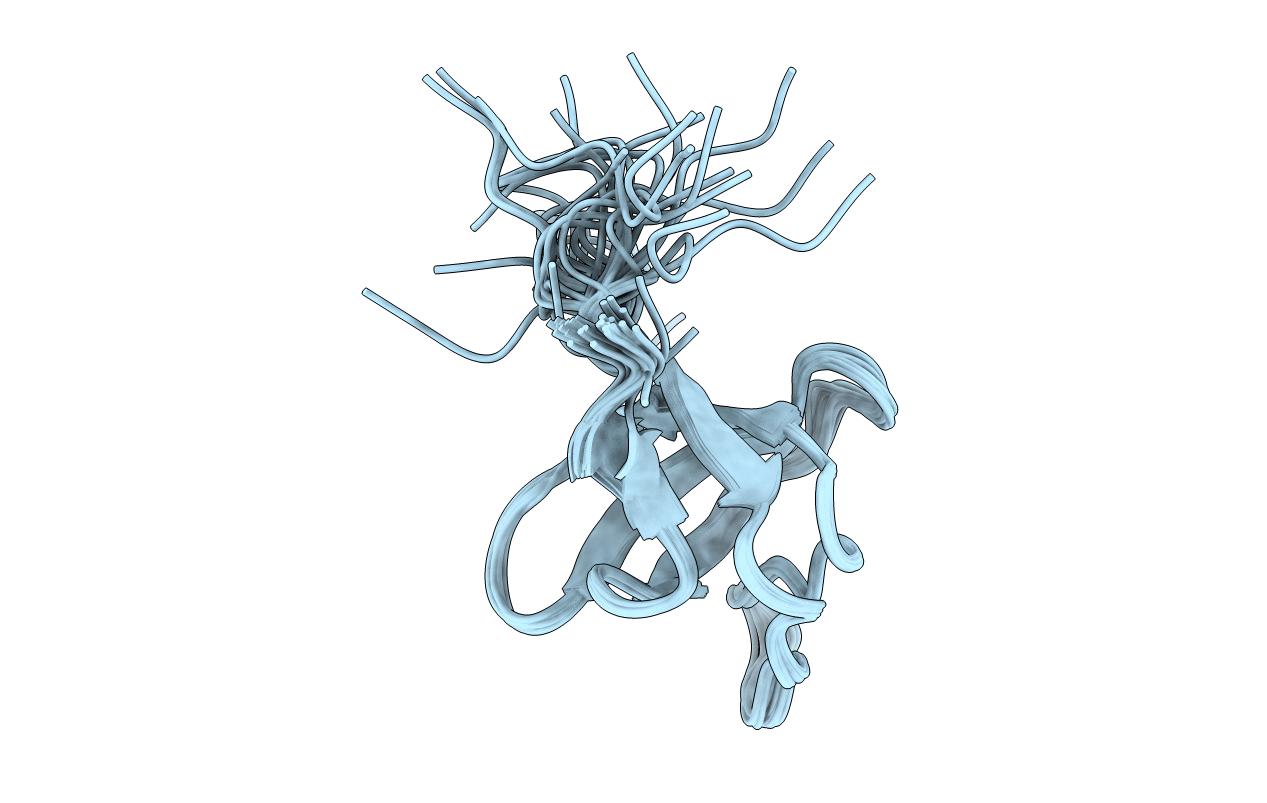
Deposition Date
2001-02-22
Release Date
2001-10-22
Last Version Date
2024-05-15
Method Details:
Experimental Method:
Conformers Calculated:
100
Conformers Submitted:
30
Selection Criteria:
LEAST RESTRAINT VIOLATION


